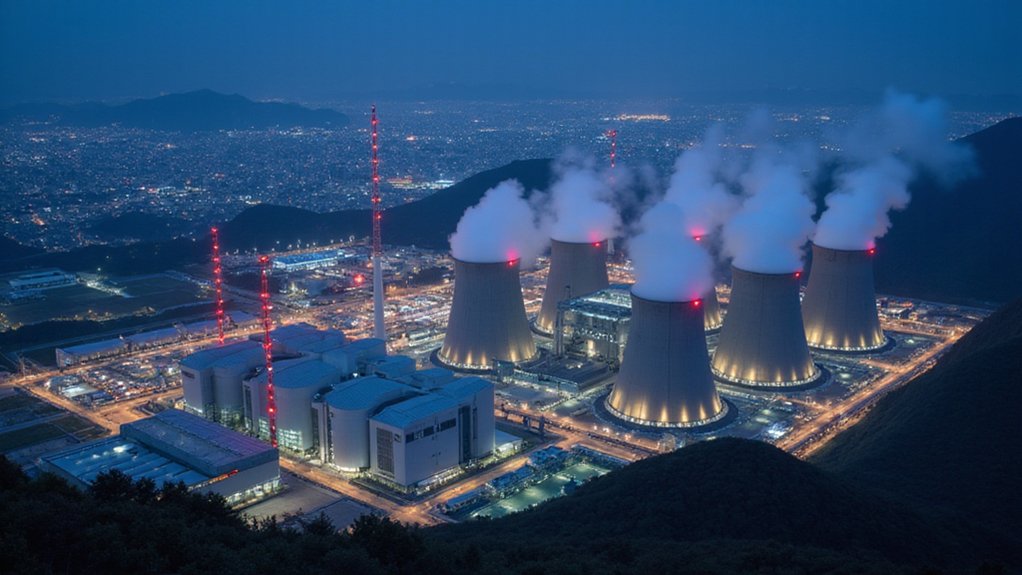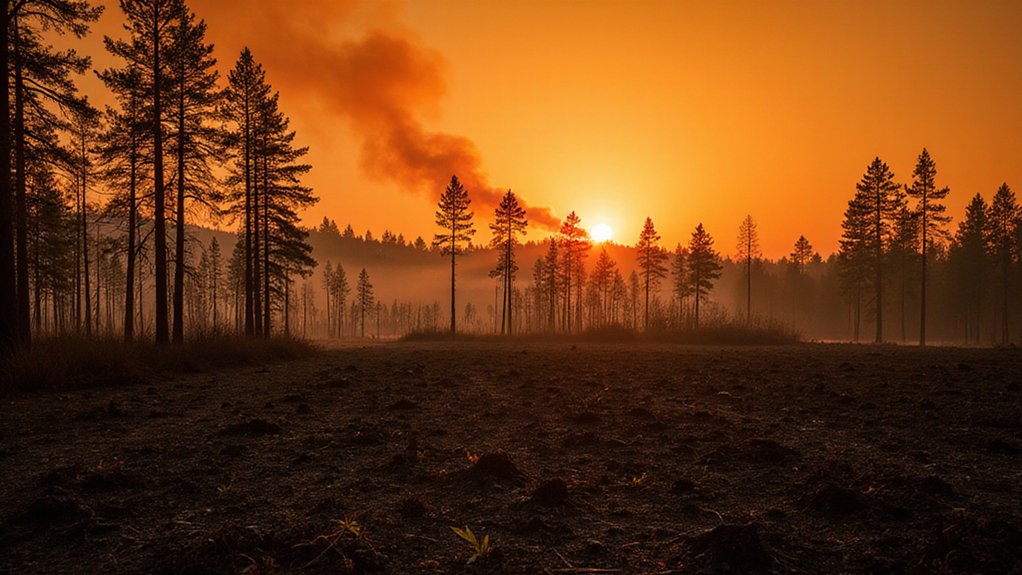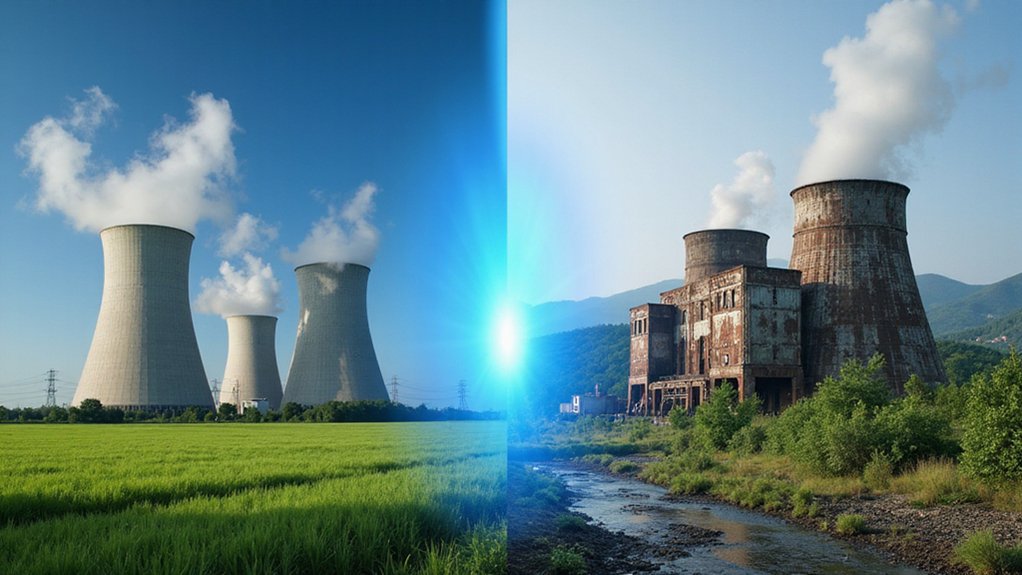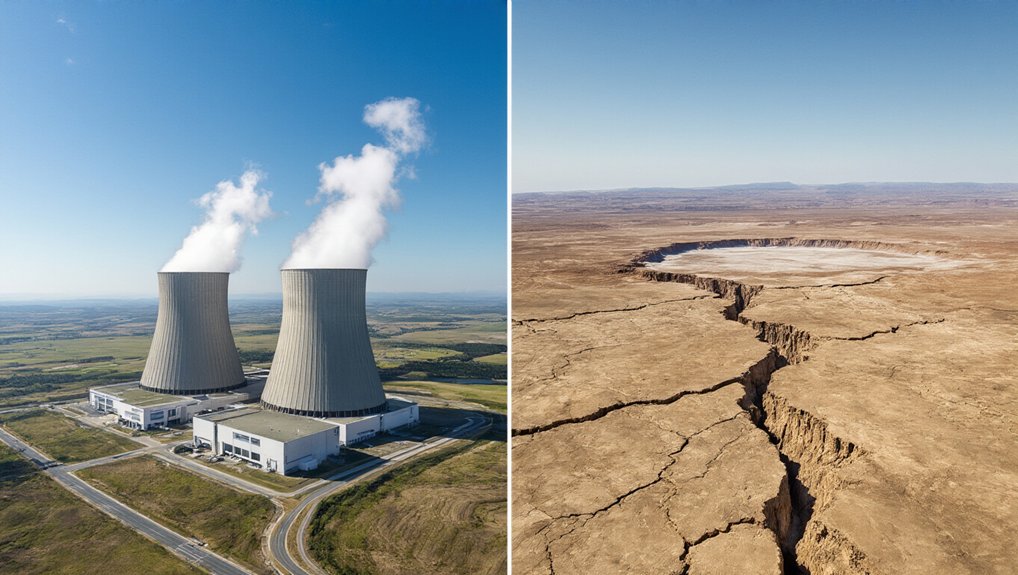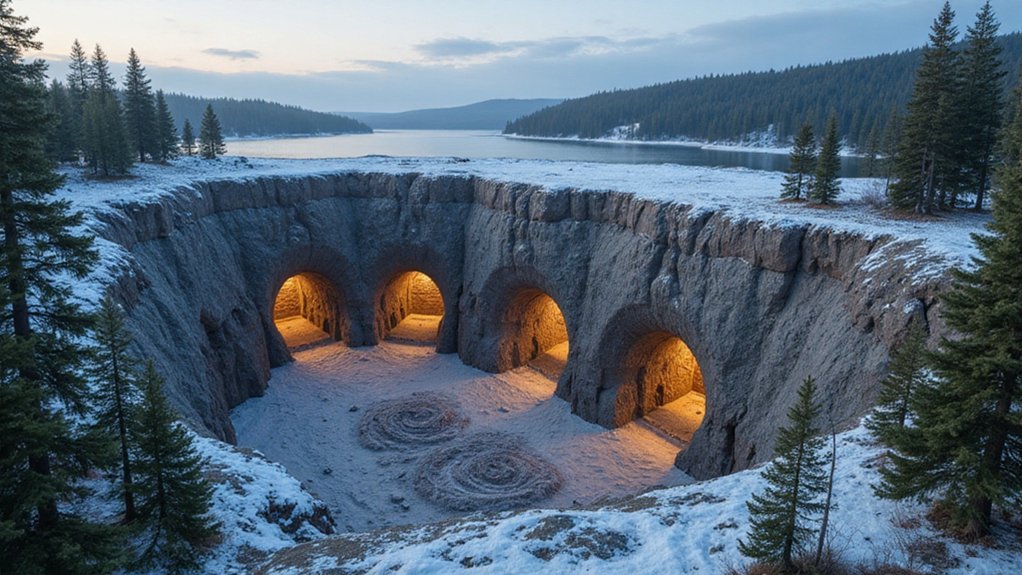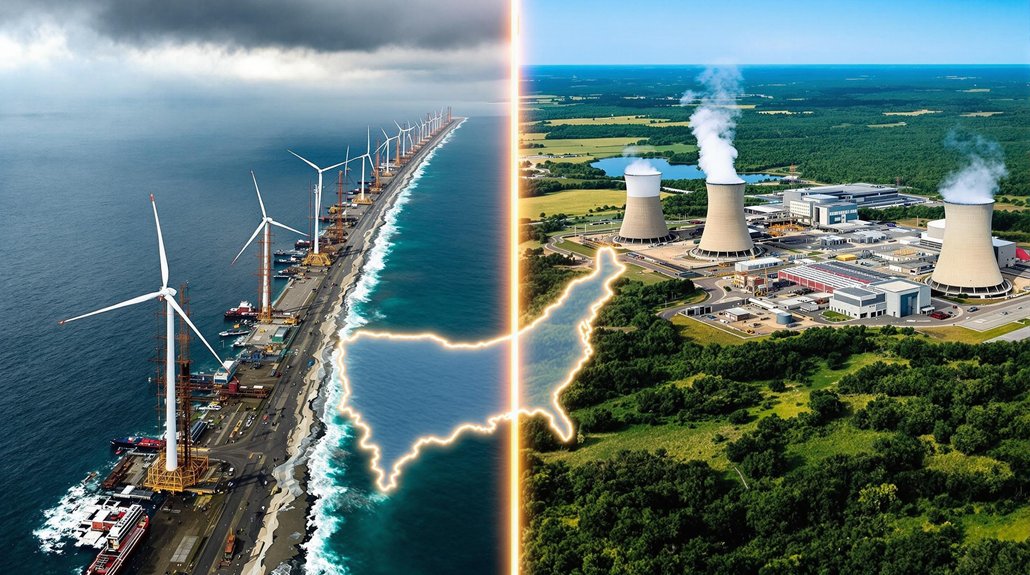China just greenlit ten new nuclear reactors worth $27.4 billion. Ambitious? You bet. They’re targeting 65 gigawatts by 2025 and a whopping 110 million kilowatts by 2030. Chinese projects finish in seven years or less – Western nations could only dream of that efficiency. Their factories can crank out eight reactor sets annually, keeping costs down to $2.7 billion each. And they’re not just building at home. The global implications? Massive.
A juggernaut of atomic ambition, China has transformed from nuclear newcomer to global powerhouse in less than two decades. The numbers tell the tale: 102 reactors either spinning, rising from concrete foundations, or inked on approval papers. That’s a whopping 113 million kilowatts of capacity, with no signs of slowing down.
The government just doubled down on its nuclear bet. Ten new reactors. $27.4 billion on the line. Just like that. It’s part of a relentless push that has China eyeing 65 gigawatts by the end of 2025, with sights set on 110 million kilowatts by 2030. Not too shabby for a country playing catch-up in the nuclear game.
China’s nuclear sprint leaves competitors in the dust—ten new reactors and $27.4 billion speak louder than words.
Beijing isn’t being subtle about it. Nuclear power sits front and center in China’s energy security playbook. The plan? Crank out 6-8 new reactors annually, maybe even 10 a year. Because nothing says “we’re serious” like a forest of cooling towers sprouting across the countryside.
They’re not just building vanilla reactors, either. The Linglong One small modular reactor will be pumping out power by late 2025. Fast neutron reactors. A hybrid fusion-fission plant targeting 100 megawatts by 2030. Their “artificial sun” experiment kept plasma burning for 1,066 seconds. Show-offs.
While the West debates and delays, Chinese nuclear projects typically wrap up in seven years or less. The country has already muscled its way to the top of the global capacity charts. Their stable policy support has created a stark contrast to the uncertainty plaguing Western nuclear ambitions. Their factories can now churn out eight complete sets of reactor equipment annually. Talk about vertical integration.
The environmental math is compelling. Nuclear expansion could help China dodge 1.5 billion tons of carbon emissions annually by 2025. That’s a lot of coal staying in the ground.
And with every billion-yuan investment, the domestic supply chain grows fatter, creating jobs and expertise that China aims to export alongside its reactors. The ambitious vision includes selling 30 reactors abroad to Belt and Road Initiative partners by 2030, potentially generating up to $145.5 billion. The efficient cost management has kept each reactor at approximately US$2.7 billion, drastically undercutting Western projects hamstrung by delays and ballooning expenses.
References
- https://www.businesstimes.com.sg/companies-markets/energy-commodities/china-approves-10-new-reactors-nuclear-power-ramp
- https://www.nuclearbusiness-platform.com/media/insights/chinas-nuclear-power-program-a-blueprint-for-global-competitiveness
- https://www.nucnet.org/news/china-aims-to-operate-world-s-first-hybrid-fusion-fission-nuclear-plant-by-2030-3-5-2025
- https://www.chinadaily.com.cn/a/202504/28/WS680f9880a310a04af22bcace.html
- https://world-nuclear.org/information-library/country-profiles/countries-a-f/china-nuclear-power
